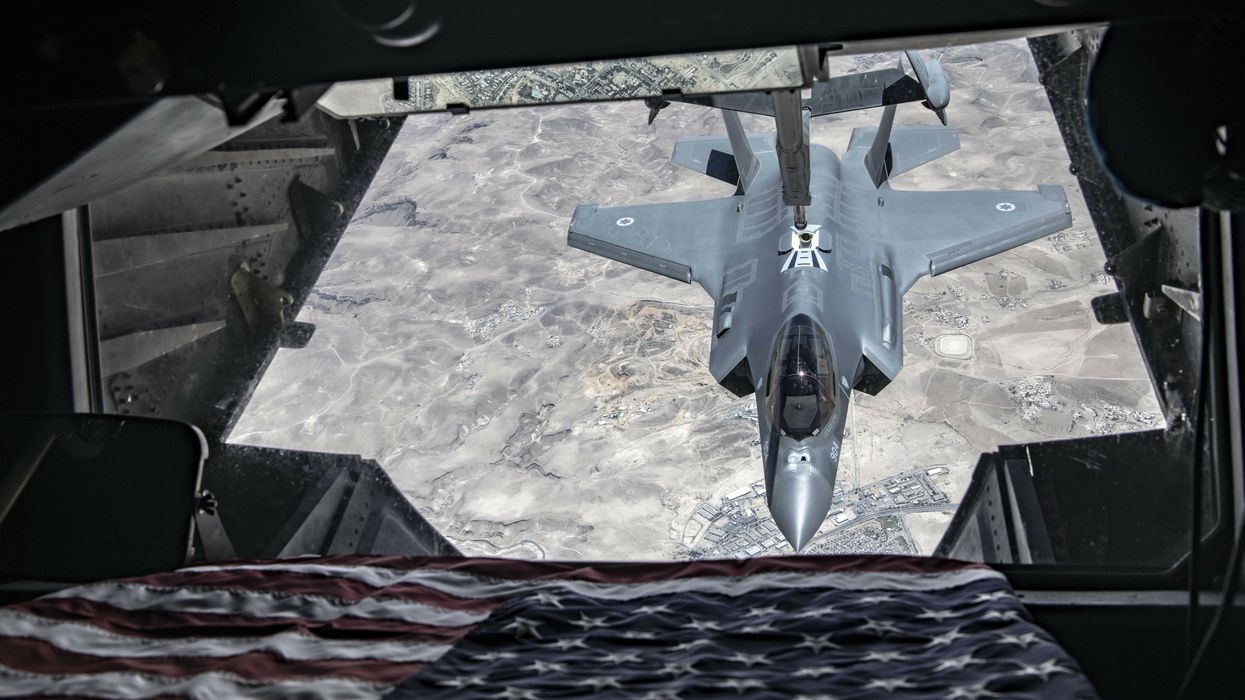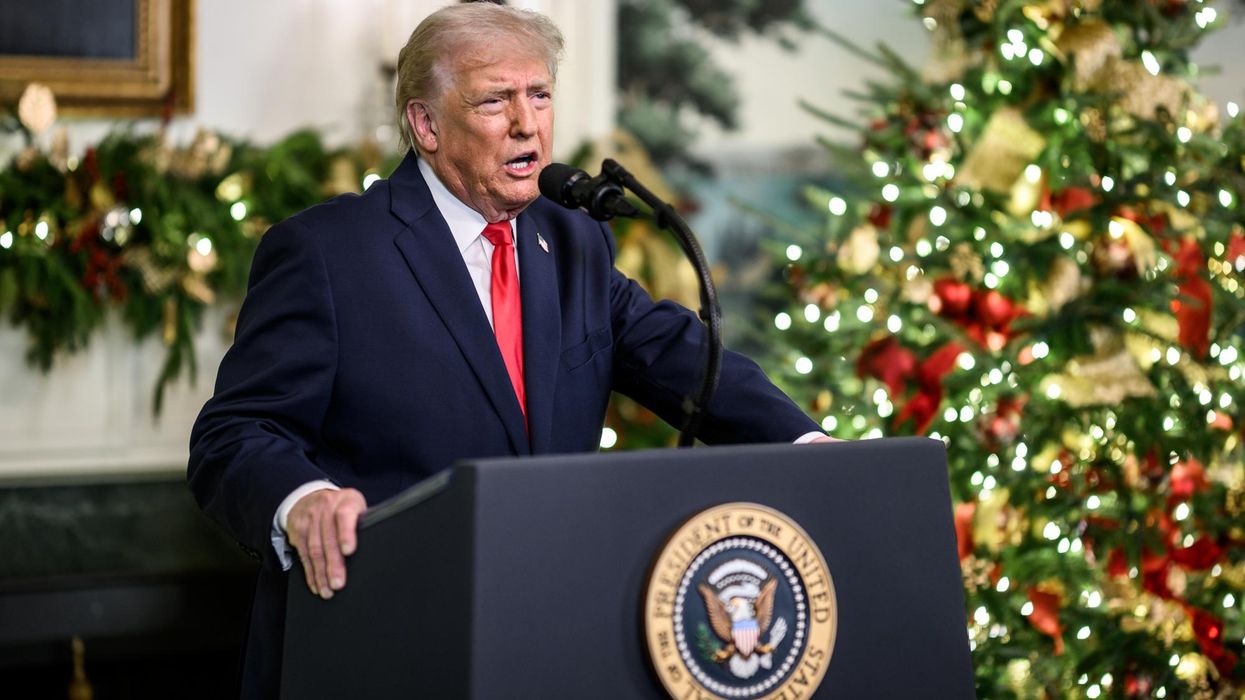As early as this week, lawmakers on Capitol Hill may pass a $40 billion spending bill to support the U.S. military and humanitarian response to Russia’s invasion of Ukraine.
This will be the second emergency Ukraine spending bill passed by Congress in two months, and this second bill is already nearly three times larger than the first. While many Americans of all political stripes are eager to support the people of Ukraine, Congress must take care and avoid spending that ultimately proves wasteful or even counterproductive to Ukraine’s efforts.
The pace and scale of U.S. funding to support Ukraine has been breathtaking, even for a nation with multi-trillion dollar budgets that has spent $1.6 trillion in the 21st century on the wars in Afghanistan, Iraq, and Syria.
On March 2, President Biden submitted a request to Congress for $10 billion in emergency funding for Ukraine. Around $4.8 billion of Biden’s request would have gone to the U.S. military for its supporting role in the conflict, and another $500 million would have gone to Foreign Military Financing (FMF) for the Ukrainian armed forces. Around $2.75 billion would have been dedicated to humanitarian assistance in Ukraine, and $1.75 billion more would have gone to economic assistance.
Congress stepped in and increased that supplemental request by more than a third, to $13.6 billion total. That $13.6 billion is what passed into law in March as part of the major 2022 spending bill.
Lawmakers’ spending increases for Ukraine, relative to the Biden request, appeared to be roughly split between military funding on the one hand and economic and humanitarian assistance on the other. The Department of Defense received a $1.7 billion plus-up relative to the President’s request. State Department programs received around $1.6 billion more than President Biden request. FMF for Ukraine increased 30 percent from the request, from $500 million to $650 million. This is the bipartisan “parity” play at its finest.
Around six weeks after Congress passed that $13.6 billion spending bill into law, President Biden asked lawmakers for another $33 billion. Sen. Jim Inhofe (R-OK), the top Republican on the Senate Armed Services Committee, released a statement the next day expressing concern that “this request still does not fully meet the scope and scale of the challenges the Armed Forces of Ukraine face over the next several months.” (That’s Washington speak for "the spending number needs to be higher.")
On Monday night, the top Democrats on the House and Senate Appropriations committees announced that Congress will likely vote this week on a $39.8 billion spending bill for Ukraine — $6.8 billion, or 21 percent, higher than the president’s request from around two weeks ago. Just as with the first Ukraine spending bill, the legislative branch’s increase to President Biden’s request will be split evenly between more military spending (+$3.4 billion) and more humanitarian spending (+$3.4 billion).
Follow-up reporting indicates that Republicans have not agreed to this framework just yet. If some of the hawkish Republicans like Sen. Inhofe get their way, the $39.8 billion top line may be even higher by the time Congress passes this second Ukraine bill into law. And if Congress does pass a $39.8 billion Ukraine spending bill into law, it will have committed $53.4 billion to the crisis in two months.
It’s worth putting that number in perspective.
The entire State and Foreign Operations spending bill for the current budget year is $56.1 billion, just a smidge higher than what Congress may commit to addressing Russia’s invasion of Ukraine in just under eight weeks.
Within that $56.1 billion spending bill, $17.2 billion is committed to the entire State Department operating budget (32 percent of the potential $53.4 billion Ukraine topline); $8.9 billion is committed to all international security and military assistance around the world (17 percent of the potential Ukraine topline); and $1.97 billion is committed to U.S. Agency for International Development (USAID) operations (just 3.5 percent of the potential Ukraine topline).
None of the above analysis is to suggest that Ukraine is not in urgent need of significant assistance from the U.S. and its allies around the world. More than 5.8 million Ukrainians have fled the violence for neighboring countries, according to the United Nations. Russia’s invasion of Ukraine has killed 3,381 civilians and injured 3,680 more, and is projected to shrink Ukraine’s economy by nearly half this year. Ukrainians need support from around the world, and the U.S. is in a position to help.
However, that does not mean lawmakers should throw all oversight caution to the wind when it comes to spending on the Ukraine crisis. More importantly, Congress should not judge how much it supports Ukraine and opposes the Russian government by how much money it throws at the U.S. military response to Russia’s invasion.
Afghanistan offers a cautionary tale. While there are many reasons the two conflicts cannot be directly compared, the humanitarian, spending, and oversight failures in Afghanistan should give lawmakers some pause as they develop spending proposals in support of Ukraine.
Among the Special Inspector General for Afghanistan Reconstruction’s (SIGAR) “best practices” for future aid in Afghanistan, released earlier this year, are: “insist[ing] that any organization receiving U.S. funding is fully transparent,” “set[ting] a tolerable level of risk, and be[ing] ready to end an activity if that risk becomes too great,” and “keep[ing] track of how money is used and regularly reassess[ing] to see if activities are actually helping people.” Other best practices include “determin[ing] clear, relevant metrics that measure actual outcomes, not just how many dollars were spent,” and “be[ing] prepared to pull the plug” when activities are going poorly.
Are lawmakers adhering to these best practices as they contemplate another $40 billion to Ukraine? Are they setting tolerable levels of risk and keeping track of how U.S. money for Ukraine is being used? Are they determining “clear [and] relevant metrics” for measuring success of U.S. funding for Ukraine, beyond just the top line dollar amount being spent?
When the gut-reaction approach from some in Congress is that there needs to be more money for Ukraine and that it needs to go out the door faster, it’s safe for American taxpayers to have their doubts.
















